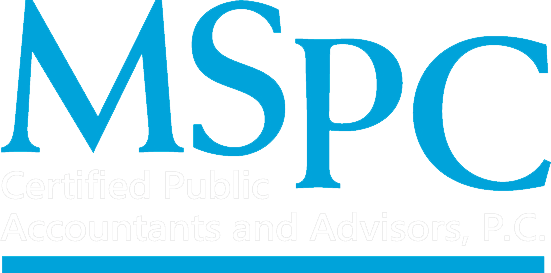Nearly 100 million people are participants in a 401(k) plan in the U.S. according to the U.S. Department of Labor. Unfortunately, many of those participants are unable to leave 100% of their accounts available to use in retirement. This is because they face a financial hardship and need to take a loan or a distribution from their 401(k).
In 2018, H.R. 1892, the Bipartisan Budget Act of 2018 (the “Act”) was signed into law. This Act includes changes affecting hardship distributions from 401(k) plans. Here is what you need to know about the changes and how they may impact you or your employees.
Generally, participants can receive a distributions from a plan in the event they have a hardship during employment, as long as that plan
1) expressly permits hardship distributions;
2) distributions are made because of an “immediate and heavy” financial need of the employee and;
3) distributions are made only in an amount necessary to meet that financial need.
These general rules have not changed under the Act. However, the Act did address, among other things, three regulations as follows:
Prior to the Act, an employee who received a hardship distribution could not make elective contributions or other employee contributions (pre-tax, after-tax, or Roth) to the plan (or any other plan maintained by the employer) for at least six months after receipt of the hardship distribution. In addition, the distribution was limited to elective deferrals (including earnings) in the participant’s account and the participant generally had to first take a loan from the plan if that option was available.
Under the Act, the six-month prohibition on contributions following receipt of a hardship distribution has been removed effective January 1, 2020. Effective January 1, 2019, the Act also removed the requirement to first take a loan if the plan had a loan provision. In addition, the Act expanded the funds available for distribution to include the following:
• Contributions to a profit-sharing (including a 401(k) plan) or stock bonus plan that has a cash-or-deferred arrangement;
• Qualified nonelective contributions (vested employer contributions such as those made to a safe harbor plan);
• Qualified matching contributions (vested employer matching contributions such those made to a safe harbor plan); and
• Earnings on the foregoing contributions.
Participants should contact their plan administrator to obtain details of the plan provisions regarding hardship distributions. Plan sponsors should consider reviewing their plans’ hardship distribution provisions and amending them to reflect the final regulations under the Act.
For more information, contact Bob Jannelli.
